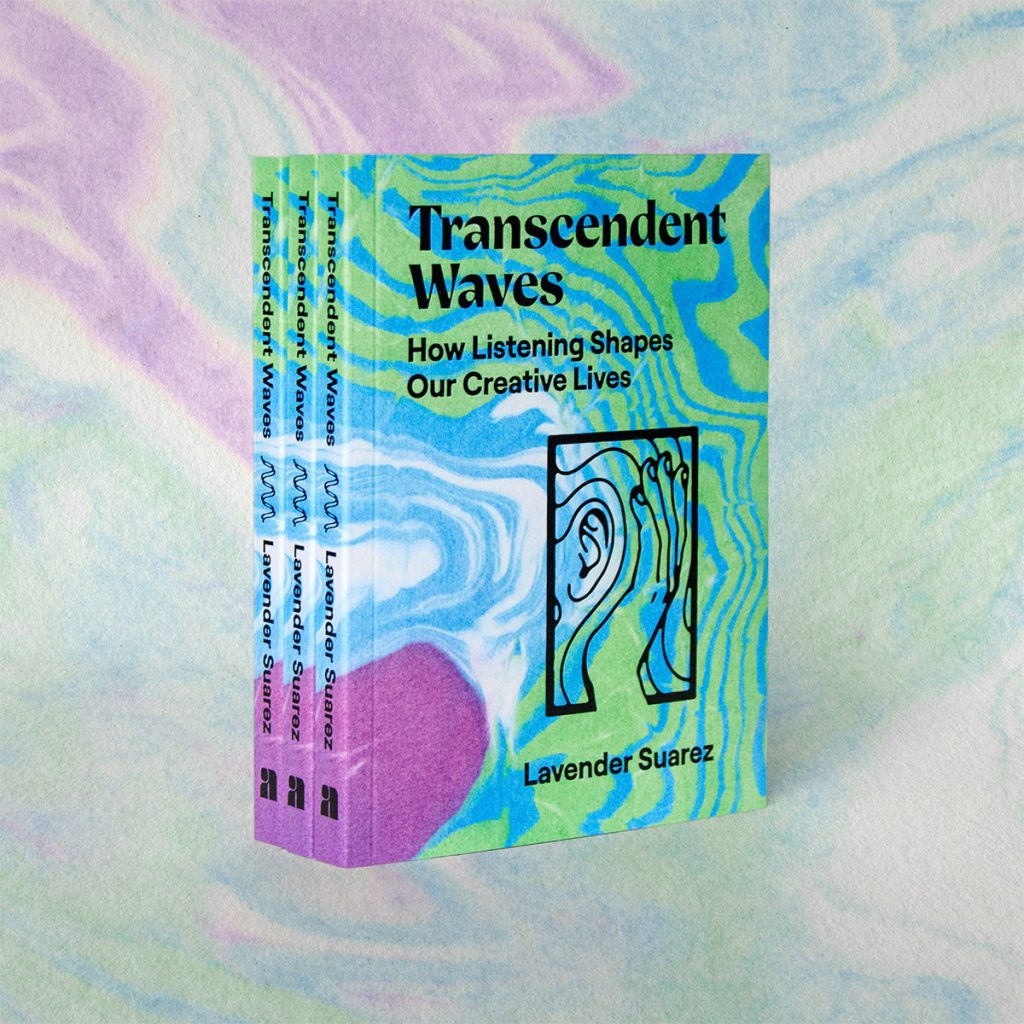
I was initially interested in this book because of it’s definitions of Listening as a contemporary counterpart or continuation of Oliveros’ Deep Listening. The book has a great outline of different types of listening which was useful for chapter 1 of my dissertation, the rest of the book is more concerned with flow states coupled with some listening exercises and I have ended up finding this book quite useful for what it has to say about creativity, how to harbour it and find ways for listening to encourage it.
“Listen to the sounds above you
Listen to the sounds beneath you
What are the sounds to your left and right”
The more you dwell on these locations, the more you are made to think about what makes you sure of which direction things are. Then you realise, a certain amount of what makes you aware of the situational sounds that surround you are experiences. The knowledge that there is a building over the road that has roofers at the moment. Knowing the humming sound is from the fan on the bathroom ceiling because of the experience of discovering it previously. We know that frequencies bounce off surfaces and resonate differently across the spectrum. Low end tends to be absorbed by walls and floors, high end tends not to transmit as much through surfaces and bounces around more making it harder to discern its location at times because it reverberates around the room more. So you might be more likely to hear low end below you and high end above you. But it’s hard to say how much of that I discern for myself and how much is from knowledge accumulation and learned experience.